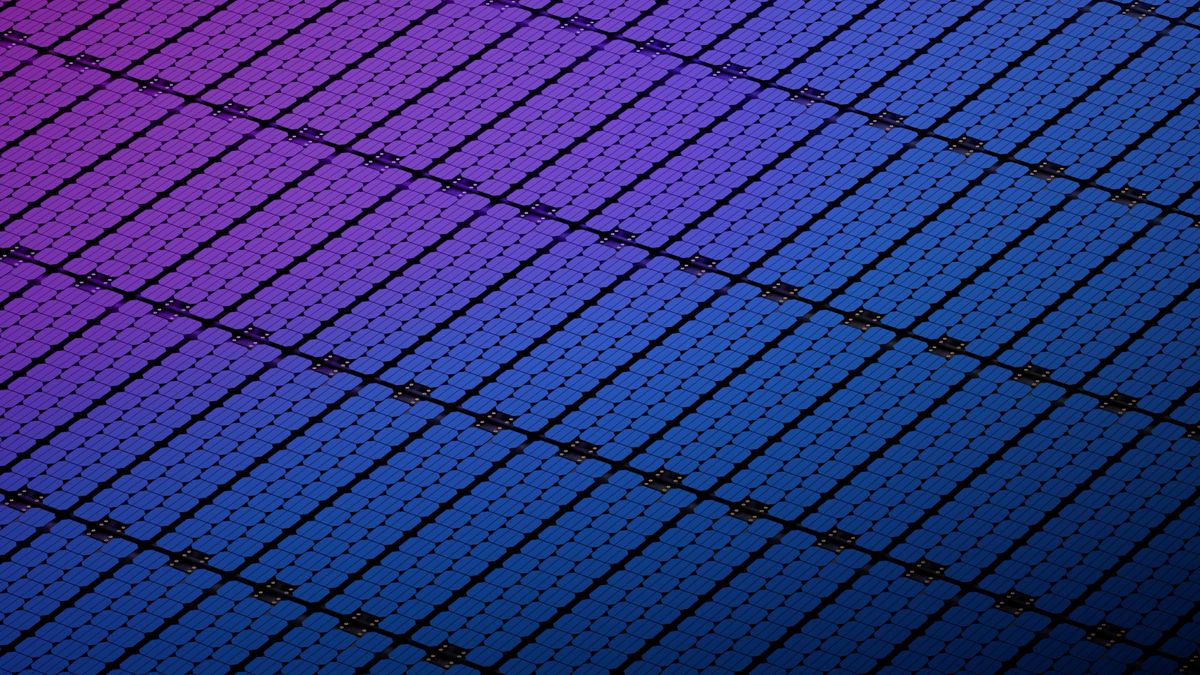Researchers have produced the world’s first flexible “solar panel” that is thin enough to coat on other objects so they can double as a portable source of energy.
A breakthrough approach allowed scientists to create solar cells 150 times thinner than existing silicon-based panels, without sacrificing any of their energy-generating capabilities. These panels could eventually be applied to almost any object as an easily-printed layer, such as cars or smartphone cases, enabling anyone to charge on the go and negating the need for large solar farms, the scientists said.
The material the researchers made is just over one micron thick (0.001 mm). Japan’s National Institute of Advanced Industrial Science and Technology (AIST) has certified this invention ahead of the publication of a scientific study later this year.
In the study, the University of Oxford researchers made a new photovoltaic material (capable of turning sunlight into energy) from perovskite structures. These crystal formations are synthetic versions of naturally occurring calcium titanium oxide that can be made relatively cheaply in labs or factories. Like silicon, the most common material used for solar cells, perovskite produces an electric charge in the presence of sunlight.
Scientists around the world have been racing to unlock the benefits of perovskites since the late 2000s. Sometimes described as the ‘”holy grail” of solar power, they theoretically allow for flexible, lightweight solar panels to be manufactured far more cheaply than current-generation silicon cells.
While perovskites hold immense potential, scientists have struggled to synthesize them to make them last beyond a few months. Perovskites are particularly prone to damage from too much moisture and can break apart after being exposed to the air via volatile chemical reactions.
Over time, researchers have found that perovskites can be kept stable in layered structures such as tandem cells, which combine perovskites and silicon cells. The team at Oxford opted for a “multi-junction” approach, in which several photosensitive layers corresponding to different wavelengths of light are combined to improve the photosensitivity of the overall solar material.
The resulting thin layer of solar film was 27% efficient when converting sunlight into energy — compared with the approximate 22% efficiency of silicon panels on the market today. The researchers noted that they have dramatically improved their results with perovskites in the past five years, having started at 6% efficiency.
“We can envisage perovskite coatings being applied to broader types of surface to generate cheap solar power, such as the roof of cars and buildings and even the backs of mobile phones,” said Junke Wang, professor of physics at Oxford University, in a statement. “If more solar energy can be generated in this way, we can foresee less need in the longer term to use silicon panels or build more and more solar farms.”
In time, the researchers believe that perovskites could allow solar panels to exceed 45% efficiency — the upper limit based on current approaches and our understanding of physics. This will allow them to generate far more power for every square inch of solar material in operation, while also generating power in very low lighting.













/https://tf-cmsv2-smithsonianmag-media.s3.amazonaws.com/filer_public/d1/82/d18228f6-d319-4525-bb18-78b829f0791f/mammalevolution_web.jpg)






Discussion about this post